Industrial Lubricants: A Crucial Force Driving Progress in the Middle East
The rising demand for industrial lubricants in the Middle East Lubricants market is driven by the region’s ambitious manufacturing and construction expansion. This surge reflects the pivotal role lubricants play in maintaining machinery efficiency, reducing downtime, and maximizing output across industries. As economies in the region focus on diversification away from oil dependency, the rise of high-performance lubricants is emerging as a key component supporting this transformation.
Booming Manufacturing and Construction Sectors
Economic diversification programs in the Middle East—such as Vision 2030 in Saudi Arabia—have accelerated industrial and construction activities. These sectors are expected to contribute substantially to GDP, forecasted to grow by 4.2% regionally in 2025, with 20% of this growth stemming from non-oil industries. Large-scale infrastructure projects, including transport hubs, smart cities, and renewable energy sites, are fueling the need for equipment that operates seamlessly under varying conditions.
Construction machinery, for instance, demands advanced lubricants capable of handling heavy loads and extreme weather. The increased adoption of automation and precision manufacturing also relies heavily on lubricant technology to minimize wear and maintain operational excellence.
Advances in High-Performance Lubricants
Recent technological developments have transformed traditional lubricant formulations into high-performance products tailored for specific industrial needs. Synthetic lubricants, bio-based alternatives, and products with longer life cycles are becoming preferred choices due to their efficiency and environmental benefits.
The Middle East’s unique climate conditions—characterized by high temperatures, desert landscapes, and saltwater proximity—have led Middle East Lubricants manufacturers to innovate lubricants capable of withstanding harsh environments. This includes heat-resistant formulations and solutions for enhanced protection against corrosion and particulate contamination, ensuring machines work optimally.
The rise of renewable energy installations, including wind and solar farms, further underscores the demand for lubricants with specialized formulations. These installations require products that align with eco-friendly operations while minimizing environmental impacts.
Driving Factors for Increased Demand
Three main factors contribute to the growing demand for Middle East lubricants:
- Expanding Infrastructure Investments: Multi-billion-dollar projects such as NEOM in Saudi Arabia are generating unparalleled demand for construction equipment lubricants.
- Industrial Automation Growth: With manufacturing expected to grow by 6% annually, precision and reliability are non-negotiable for machinery used in automated processes.
- Environmental Regulations: A focus on sustainability has pushed manufacturers to adopt lubricants that meet environmental standards, making high-performance variants the norm.
With the lubricants market projected to grow by 8.5% CAGR over the next five years, companies are positioning themselves strategically to capture rising demand. Businesses capable of meeting the Middle East’s growing and nuanced lubricant needs will undoubtedly thrive amidst this era of industrial evolution.
As manufacturing and construction continue to reshape the Middle East’s economic landscape, industrial lubricants prove indispensable in ensuring operational success. From innovation in product formulations to their role in driving sustainability, the region’s lubricants market remains a cornerstone for industries ready to evolve. By addressing these unique demands and integrating cutting-edge solutions, the growth of Middle East lubricants symbolizes a region poised to embrace its industrial future.
Also Read: Eco-Friendly Lubricants Drive 6% CAGR Growth in the Middle East




